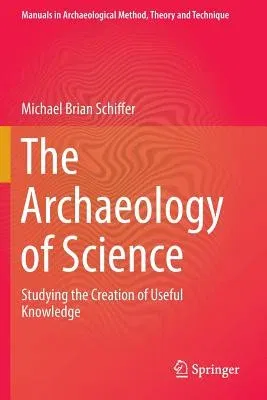Michael Brian Schiffer
(Author)The Archaeology of Science: Studying the Creation of Useful Knowledge (2013)Paperback - 2013, 26 September 2014

Qty
1
Turbo
Ships in 2 - 3 days
In Stock
Free Delivery
Cash on Delivery
15 Days
Free Returns
Secure Checkout

Part of Series
Manuals in Archaeological Method, Theory and Technique
Print Length
204 pages
Language
English
Publisher
Springer
Date Published
26 Sep 2014
ISBN-10
3319118684
ISBN-13
9783319118680
Description
Product Details
Author:
Book Edition:
2013
Book Format:
Paperback
Country of Origin:
NL
Date Published:
26 September 2014
Dimensions:
23.39 x
15.6 x
1.19 cm
Genre:
Science/Technology Aspects
ISBN-10:
3319118684
ISBN-13:
9783319118680
Language:
English
Location:
Cham
Pages:
204
Publisher:
Weight:
317.51 gm